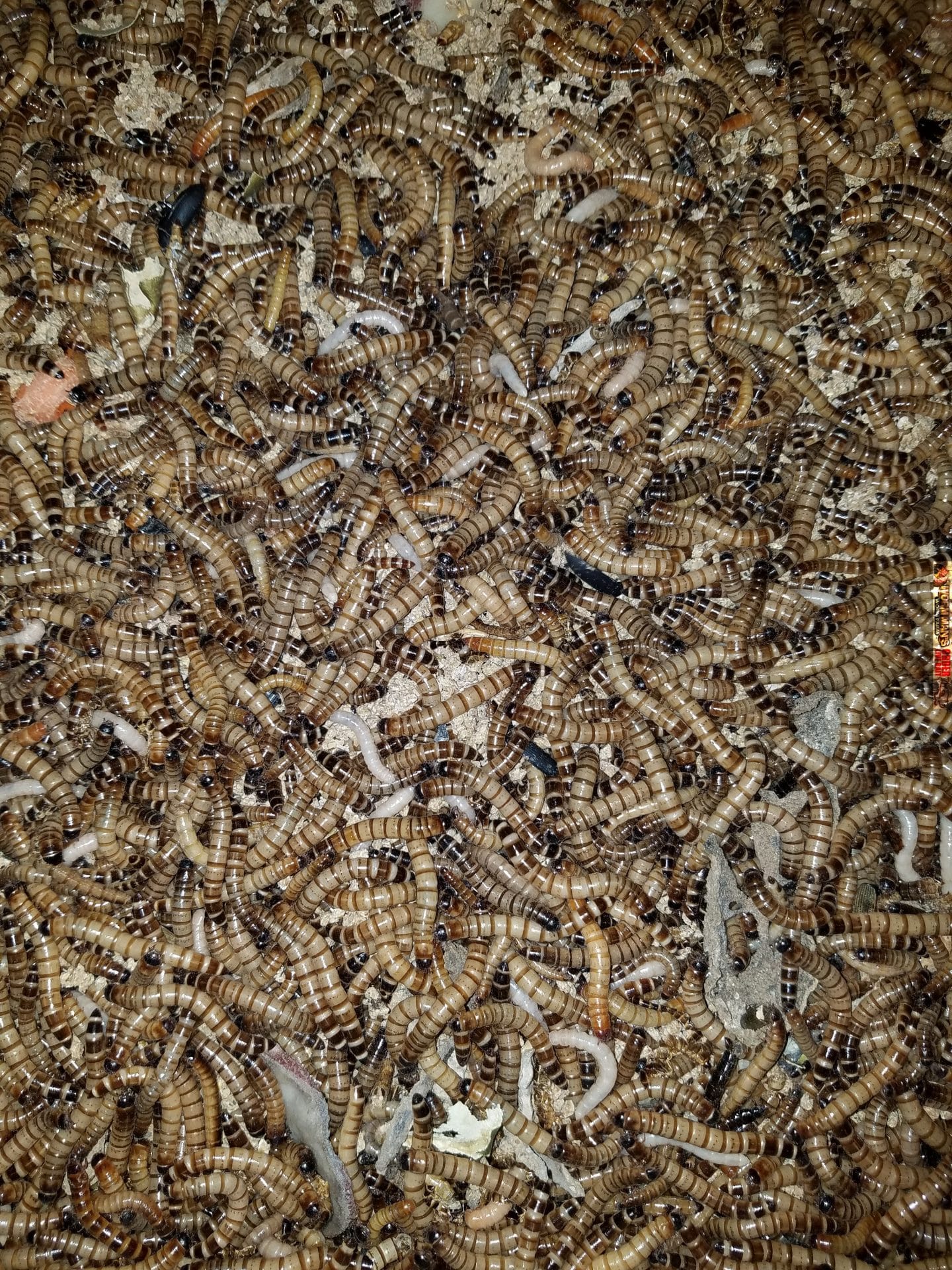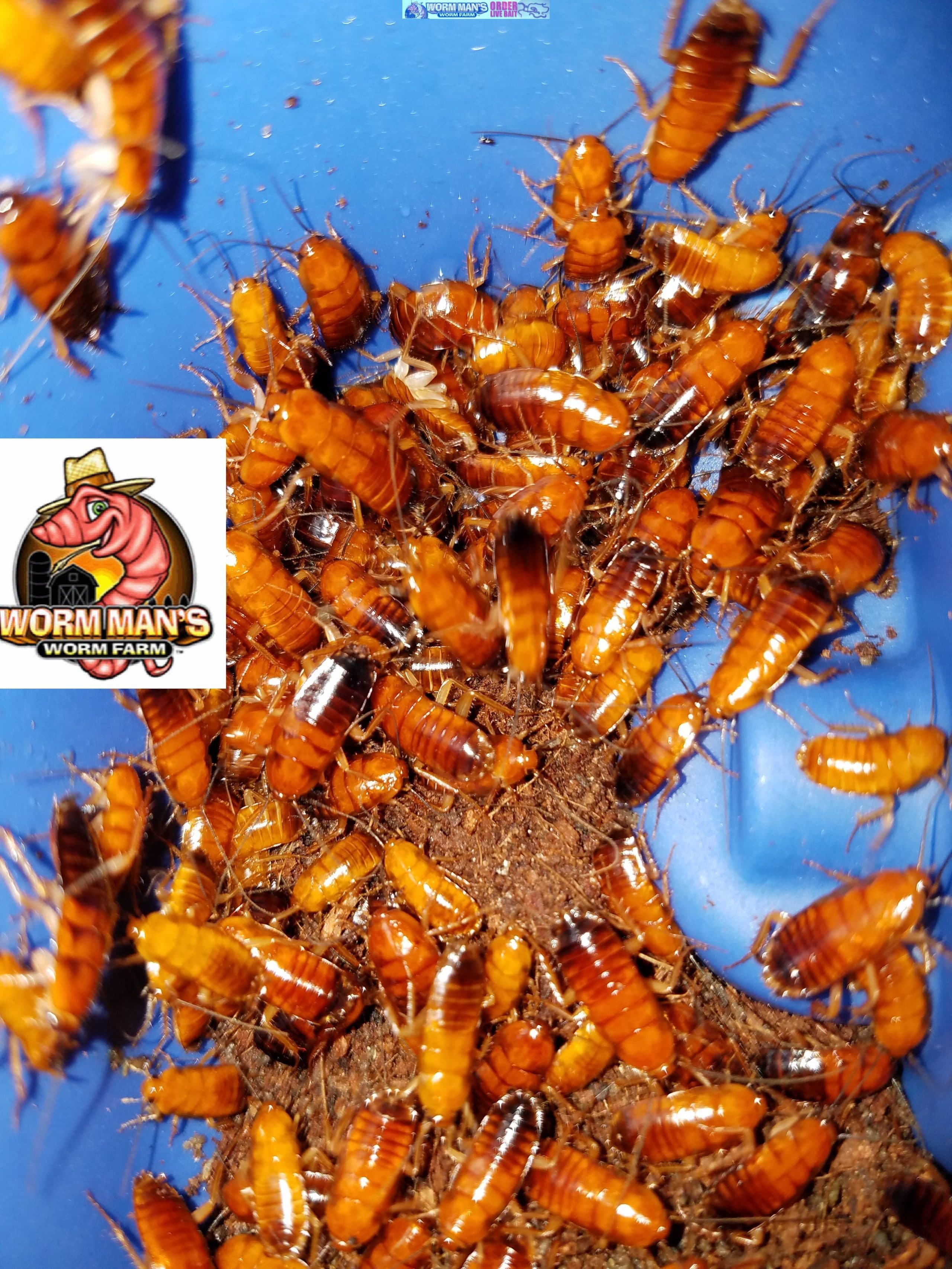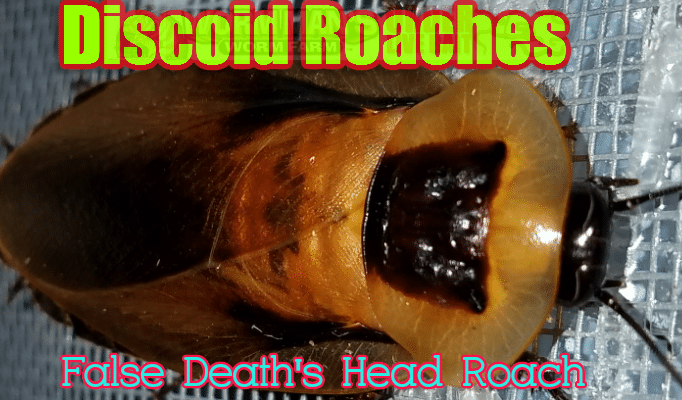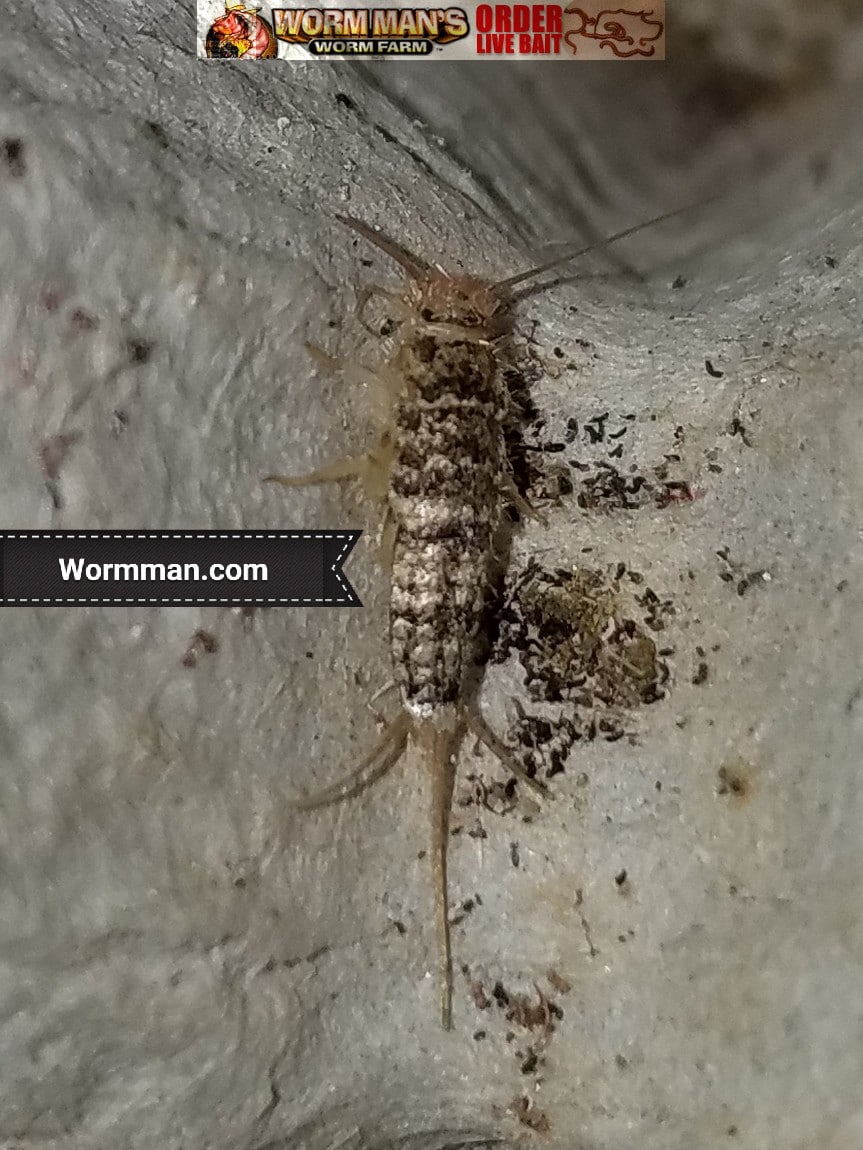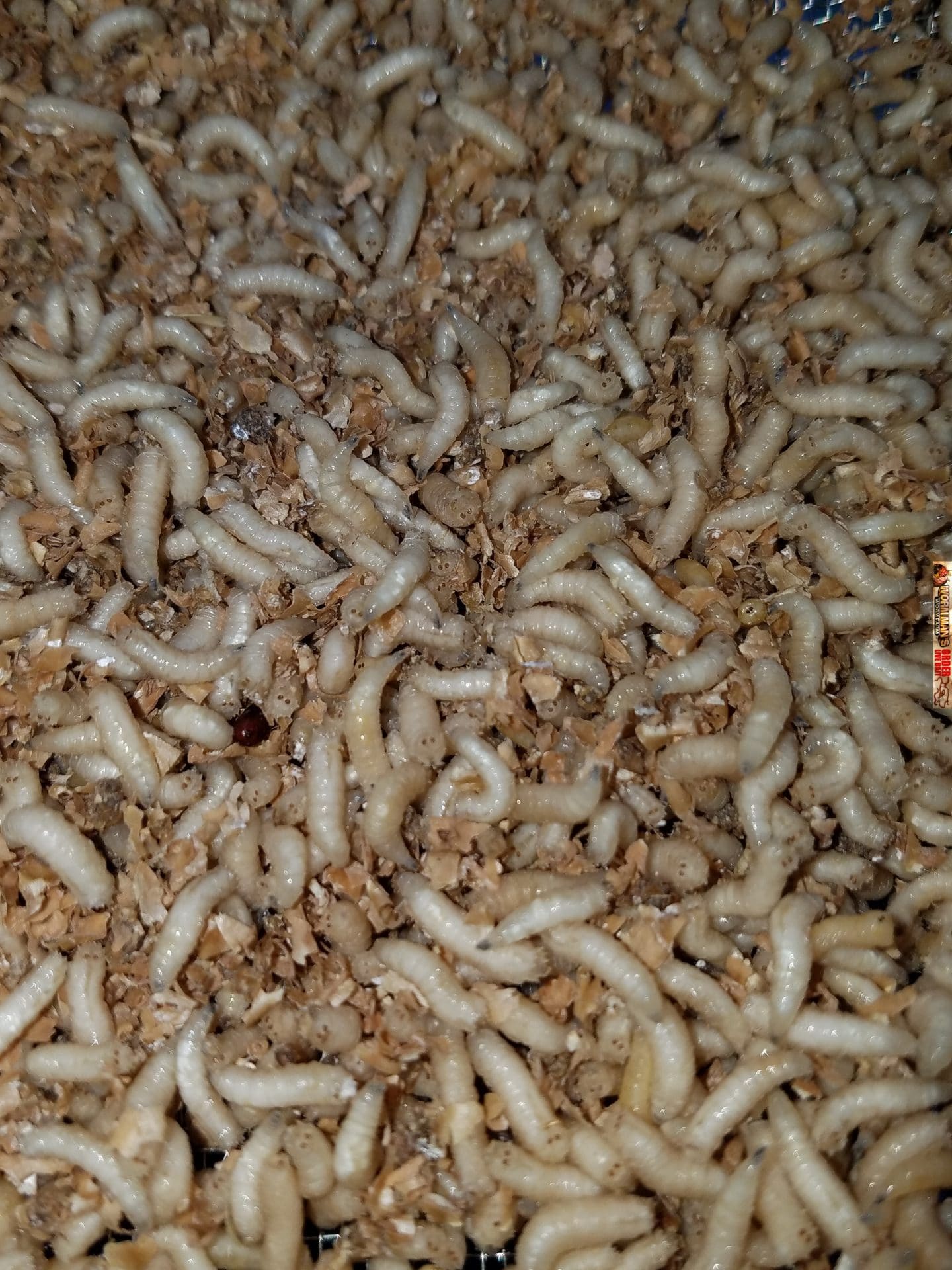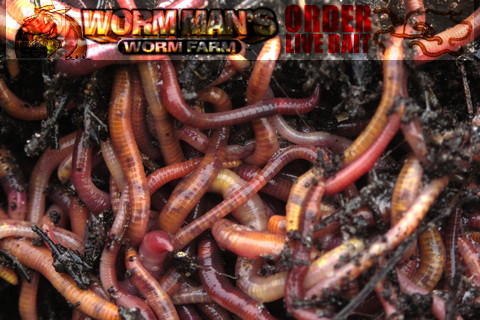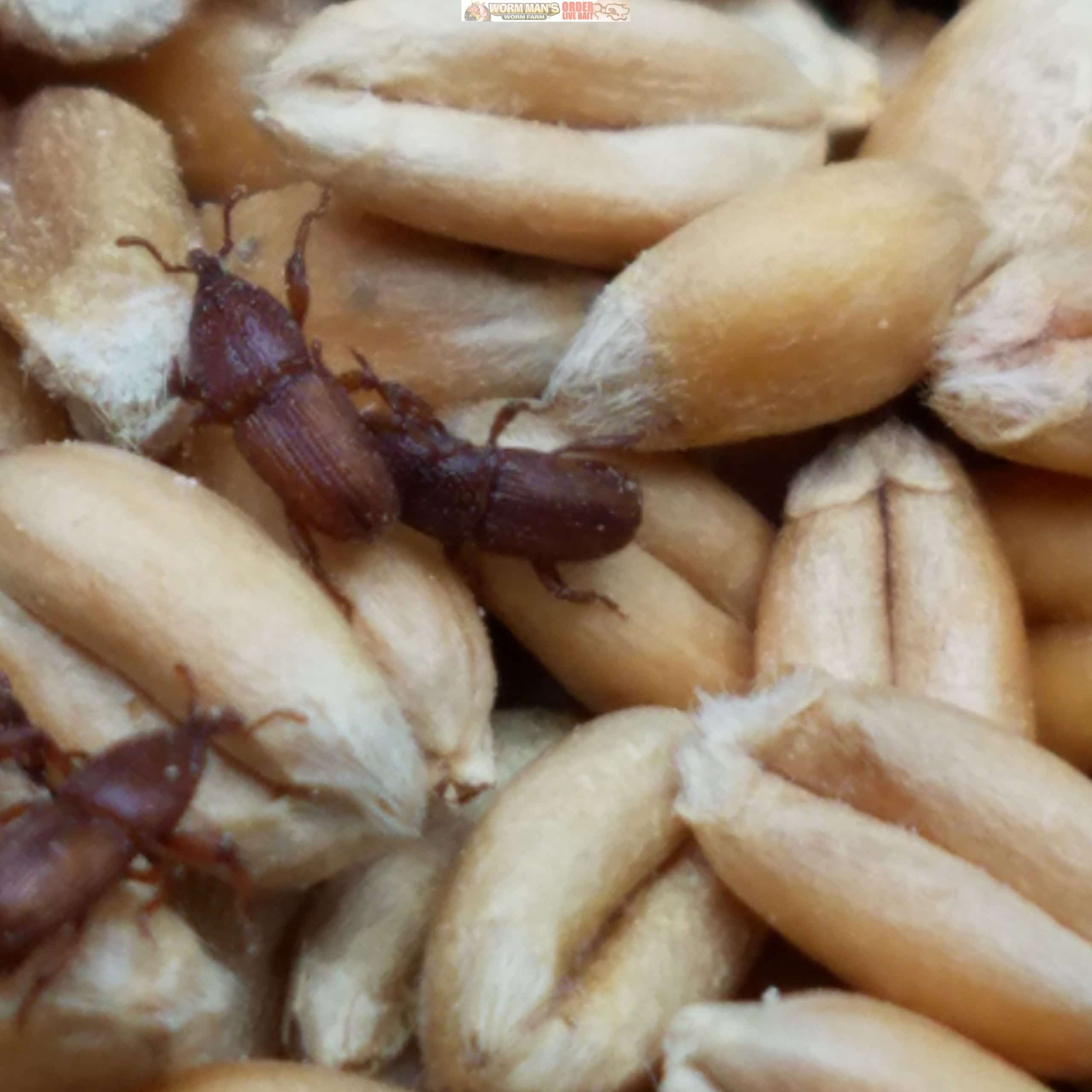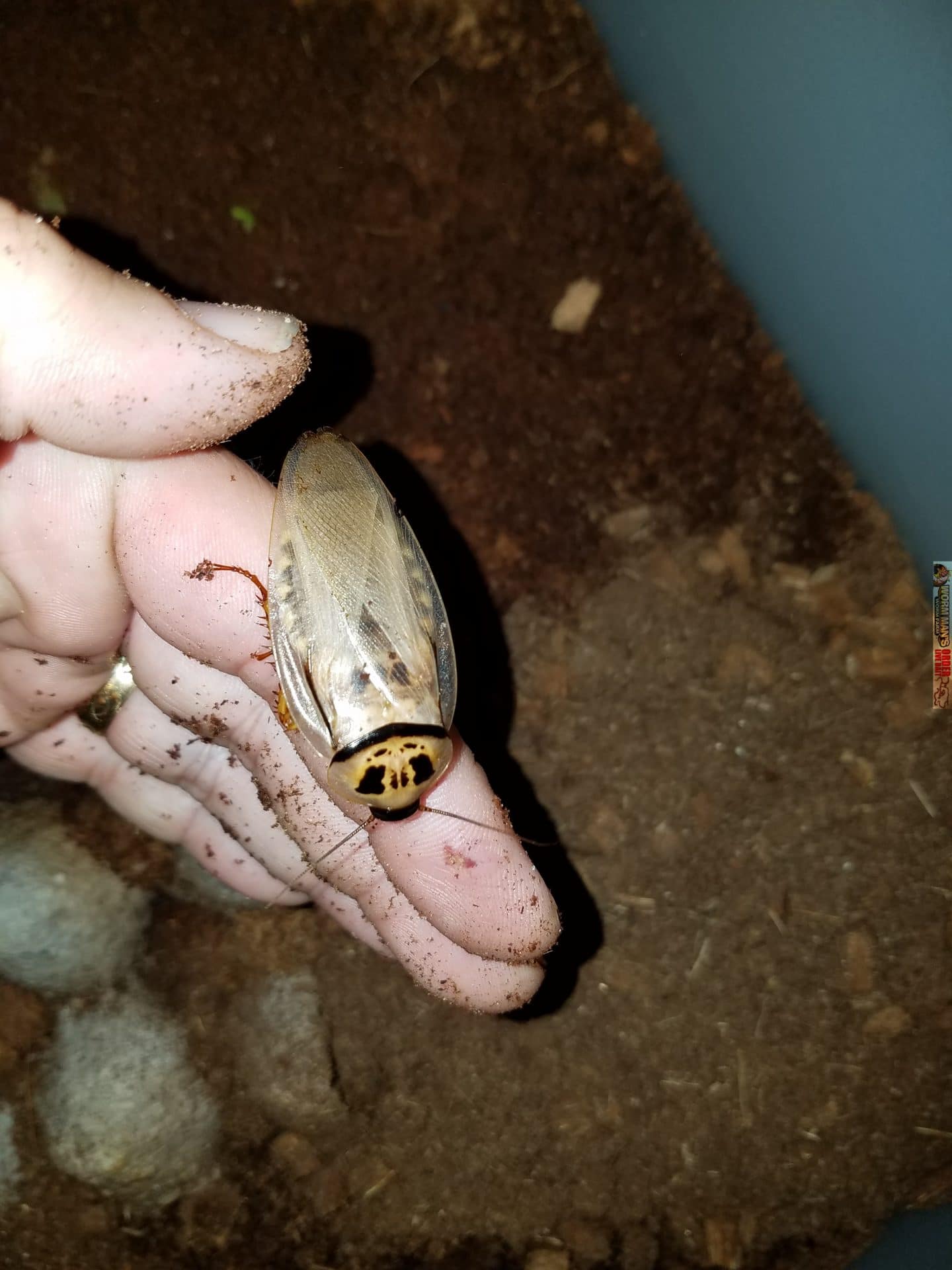
This video and article is the first in a series that we will do on Blatticomposting. Please send us your questions or ask them below and we will incorporate the answers in the followup articles and videos.
I am sure that you have all heard of Vermicomposting, which is composting with worms. Redworm composting has been used for decades to help reduce household waste and create nutrient rich worm castings which are used to fertilize plants.
Well, times have changed and composting is still all the rage but now we are composting with roaches. This form of composting is called “Blatticomposting. Relax, these are not the roaches that infest homes and businesses. These are large roaches that are from tropical regions. The roaches that we use to compost are actually a species that cannot climb, so you can actually keep them in a plastic Rubbermaid container without a lid and they will not escape. The end product of the Blatticomposting process is frass (roach poop) which is a great natural fertilizer.
There are two types of roaches used in Blatticomposting. We use Pantanal Roaches(Eublaberus sp. “Pantanal”) and Ivory Roaches(Eublaberus sp “Ivory” ). Both are related as they are from the same genus, Eublaberus.
Both Pantanal and Ivory are burrowing roaches and love to dig in substrate. We use a layer of coconut coir. They also love to eat food scraps and will swarm fruits, vegetables and even meat scraps.
These are tropical roaches so they like it room temperature or above, so a kitchen composter or a composter near a furnace will keep this composting team kicking.
I will post more information on the care of both Eublaberus species soon. I just wanted to send out a Blatticomposting introduction. We own the name Blatticomposting.com and we will be offering both types of roaches for sale very soon, with free information on making composting units to house them in.
Enjoy the video.

